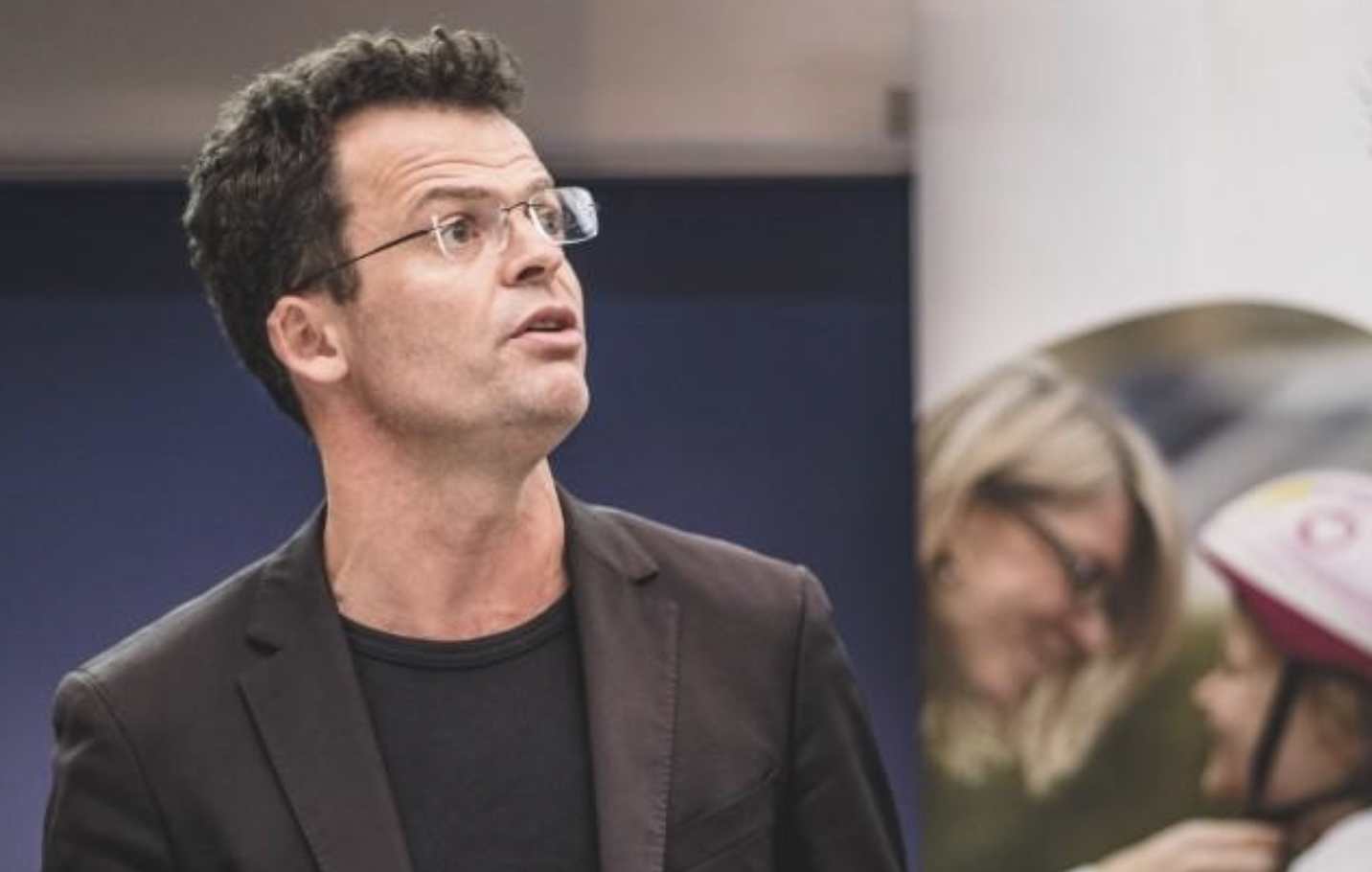New drug combination doubles survival for people with bladder cancer
Results from a clinical trial carried out by researchers at Barts Health NHS Trust and Barts Cancer Institute, Queen Mary University of London, show that a new combination of drugs doubles overall survival for patients with bladder cancer that has spread (metastatic bladder cancer).

The findings show that giving people with metastatic bladder cancer enfortumab vedotin (an antibody drug conjugate) and pembrolizumab (an immunotherapy drug) can stop their disease from getting worse and helps them live twice as long compared to those given just chemotherapy.
Life expectancy for people with metastatic bladder cancer is just one year, and the treatment they are given, chemotherapy, hasn’t changed in 40 years. This new trial, called EV302, involved nearly 900 people aimed to change this and to develop the first new treatment for bladder cancer that has spread in nearly four decades.
The team found that the 442 people given this new combination of drugs (enfortumab vedotin and pembrolizumab) lived nearly twice as long compared to the 444 people given chemotherapy (31.5 vs 16 months). In addition, the researchers showed that the risk of death was 53% lower in those given the combination, which was also associated with better disease control rates. And encouragingly, side effects from the drug combination were very similar to those experienced by people given chemotherapy.

Professor Tom Powles, Professor of Urology Cancer at Barts Cancer Institute and the director of Barts Cancer Centre, led the trial at Barts Health. Speaking on the results, he said:
“We’ve long known that we need to improve people’s chances of surviving bladder cancer. This study has achieved that in a dramatic manner.
"We’ve shown that combining these two drugs helped people live twice as long compared to those given standard chemotherapy, with unprecedented responses. There is new hope in bladder cancer, and I can’t thank those who took part in the trial enough for doing so.”
Read the paper here.

